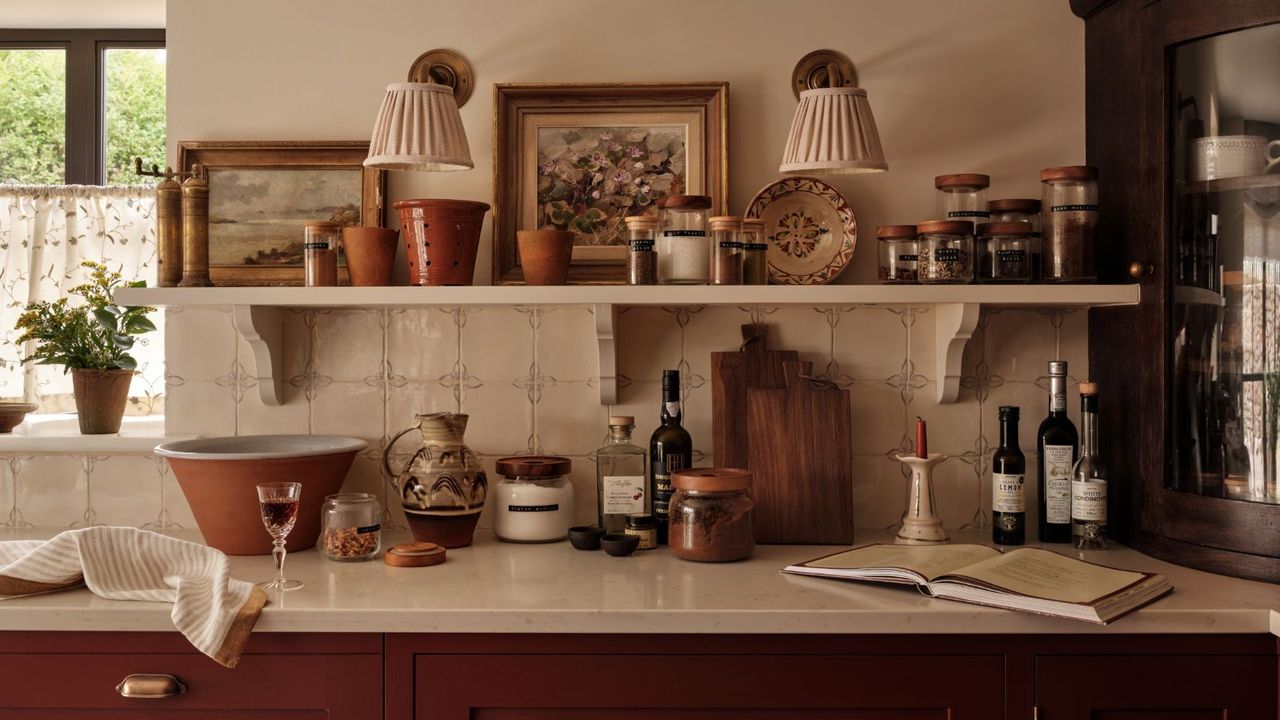
Preventing contamination in a kitchen should be at the forefront of all of our minds when cooking from scratch, but in an OCD household, such as mine, it is vital.
From fresh meat to plastic packaging, I am always conscious of every surface our food touches. So, to give some peace of mind, I started my 'zoning method' – a quick trick to ensure every surface is always clean.
It's super simple to implement, no matter the size of your space, and makes cleaning a kitchen a breeze every mealtime.
How kitchen zoning prevents contamination
The straightforward zoning method is a staple of kitchen organizing, helping to invisibly divide counters into designated workspaces.
On a basic level, this means zoning a cooking space around the stove where you keep all your pots and utensils, and a cleanup zone around the sink where you may also keep your trash can.
To prevent cross-contamination in a kitchen, however, I break it down further. Even in my small kitchen, I designate certain parts of the counters for certain tasks.
For example, to alleviate my partner's plastic-contamination fears when cooking, we unpack all items on the counter directly next to the recycling bin and trash can (a pull-out model, from Wayfair). This way, all plastic is out of the way and nowhere near the hot cooktop or sharp knives.
Fresh vegetables and other non-meat items are then cut and prepped on a stone cutting board, similar to this granite cutting board from Amazon, directly next to the stove. This type of cutting board is super easy to clean and is a quick swap to create a non-toxic home.
Finally, I tackle meat in a zone beside the kitchen sink, away from the vegetable cutting board. Keeping this localized to one spot means I can quickly wash my hands and any knives without the risk of drips contaminating other areas of the kitchen.
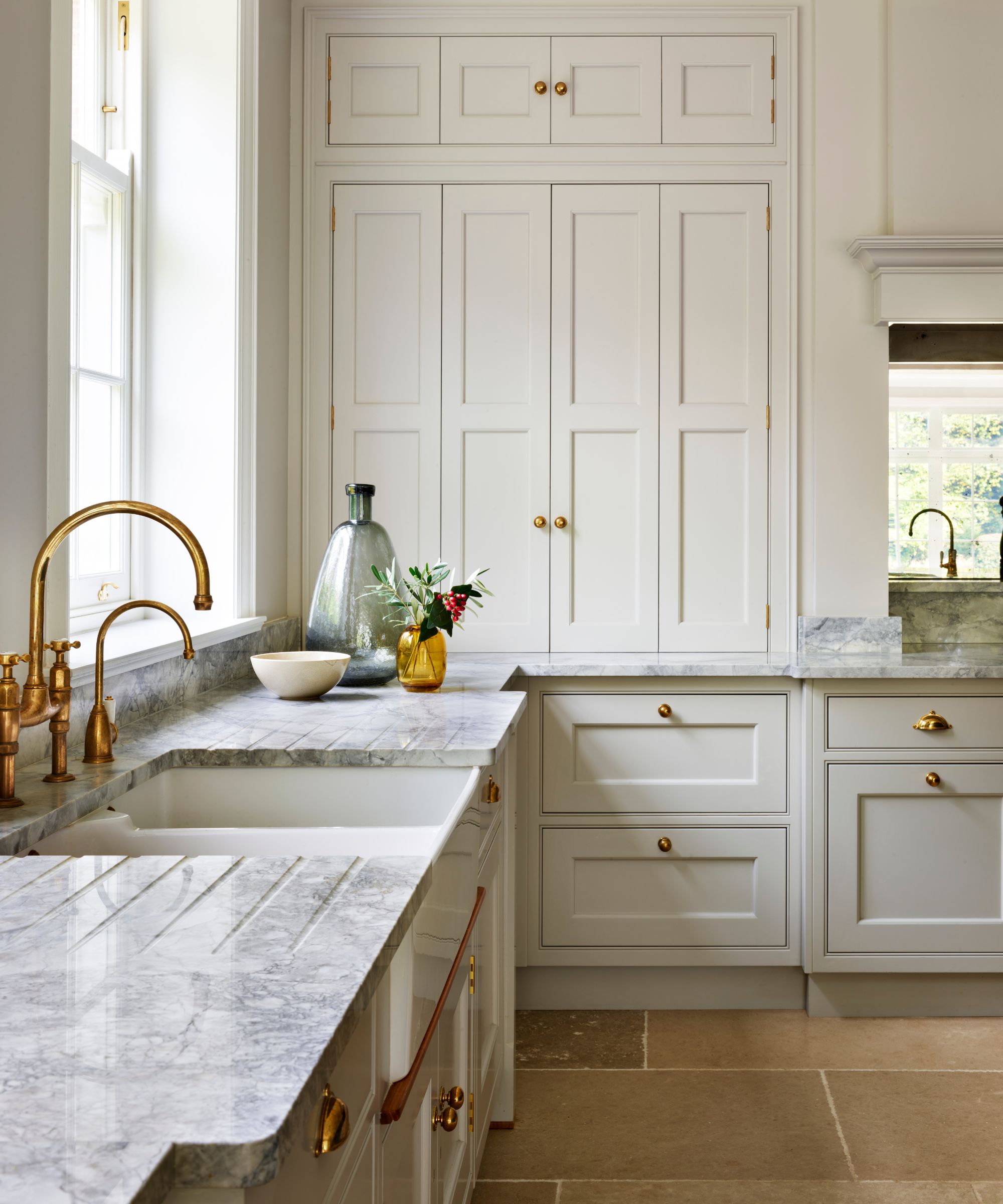
Not only does this zoning method mean that both my partner and I can work at the same time in a small space on the same meal, but it also allows us to efficiently clean as we go.
Unpacking food beside the trash can means the counters are not cluttered with bags or boxes. Vegetable scraps can be collected on the cutting board and scraped directly into the trash, and meat juices are instantly washed away.
Plus, with the meat isolated from other food prep, we can follow the disinfecting golden rule of allowing the disinfectant spray (the Method Anti-Bacterial Spray, from Walmart) to sit on the counter for a few minutes before being wiped away without it putting a pause on our dinner time prep.
It's an approach Scott Schrader, cleaning expert at CottageCare, loves, adding, 'If you spray and wipe right away, you’ve probably removed 80% of the product before it has a chance to do anything. Allow the surface to remain wet for its full dwell time to ensure proper germ kill. This is the most skipped part of the disinfecting process, and where disinfection fails.
'Wash your hands after cleaning, and wait for disinfected surfaces to completely dry to avoid further cross-contamination.'
My clean kitchen essentials
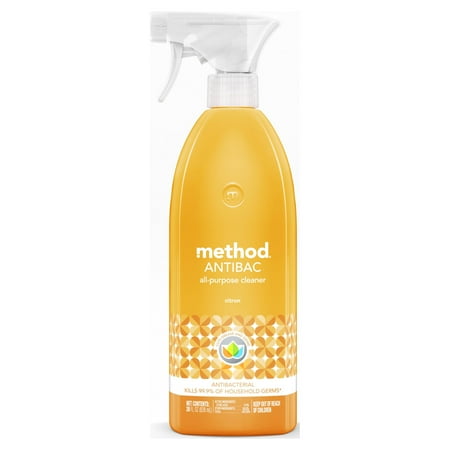
The Method sprays are made with plant-based ingredients, offering a tough clean with fewer harsh chemicals. I love how strong their scents are, helping to banish bad odors as you clean.
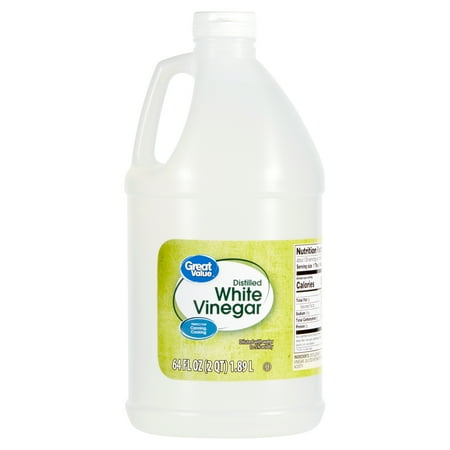
Distilled white vinegar is a fantastic non-toxic cleaning tool for any home. When used correctly, it can help to kill mold and bacteria, as well as tackle odors and lighten stains, all without harsh chemicals.
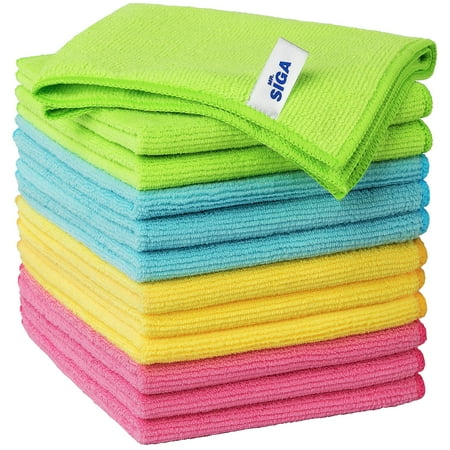
Microfiber cloths are machine washable, meaning you can reuse them for years with proper care. Simply wash after use on a warm water cycle and gentle detergent (skip the softener) to sanitize.
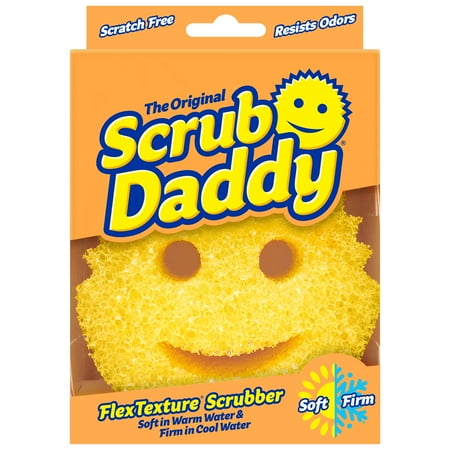
The Scrub Daddy sponge softens under hard water and toughens under cold water, allowing you to adjust the level of abrasive you need depending on the task at hand.
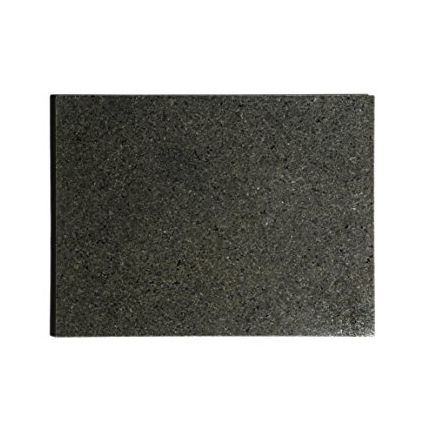
Stone cutting boards are completely non-porous, meaning the will not absorb any of the juices or bacteria from food. They do make knives blunt more quickly, however, so you will need to brush up on the best ways to sharpen kitchen knives.
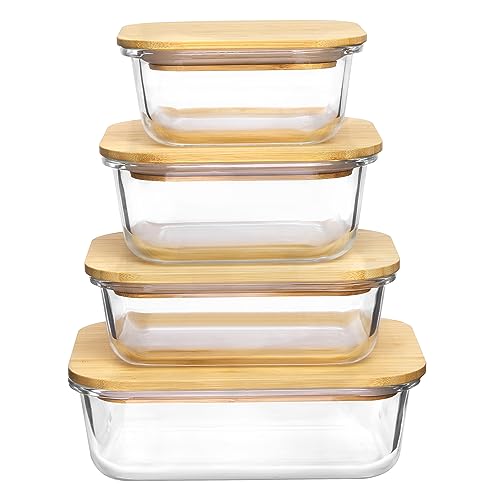
To help cut out plastic from our home, I use glass food storage containers. Not only do they help to keep food fresher, but they can safely go in the fridge, freezer, oven, and microwave without leaching harmful chemicals.
Meet the expert
Really want to improve flow and prevent contamination in a kitchen? Check your cabinets and counters for the things to never store in a kitchen.







